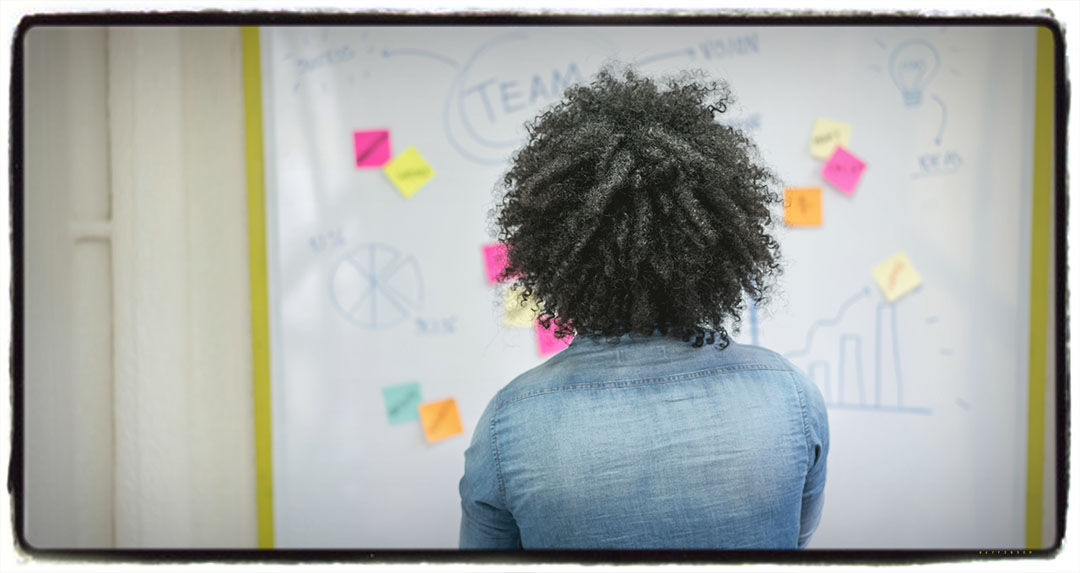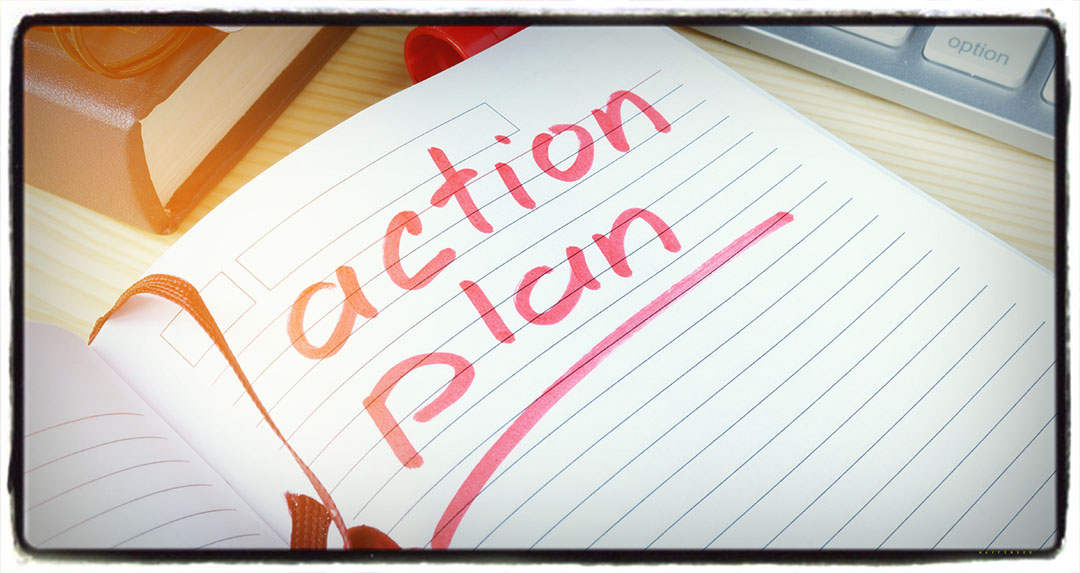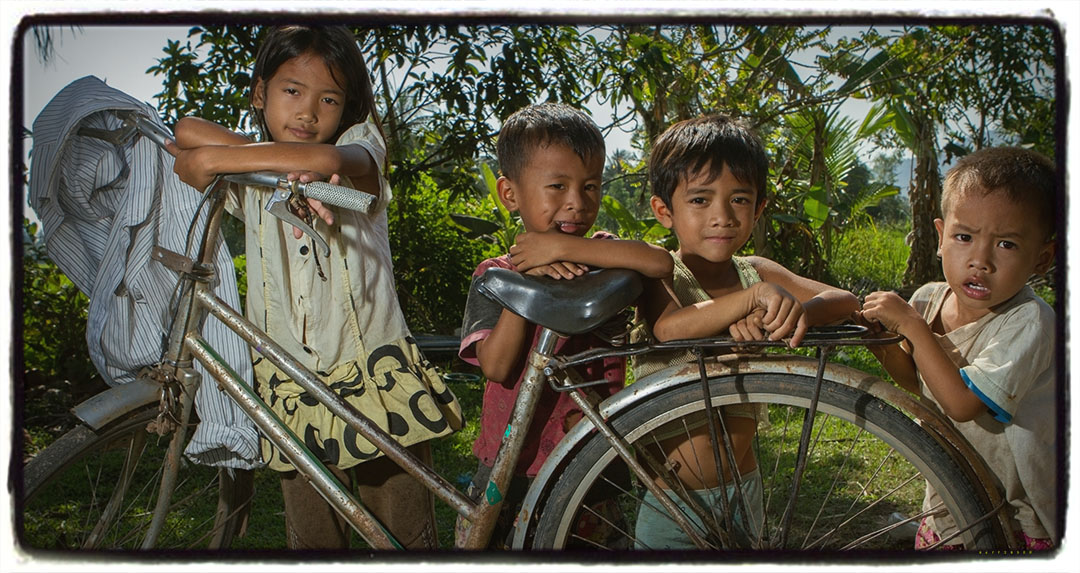Bundling your actions together
By now you have a list of separate actions that will contribute towards adaptive or transformative system change. Before these actions can be implemented and tested in reality they should be bundled together into coherent strategies. How actions should be bundled will depend on a range of factors and therefore will vary depending on the context. Strategies could for example be formulated along program lines, or funding priorities, but they may also relate to geographic areas, to the scale of operations, or to the type of leverage point that you are targeting.

Before your actions for change can be implemented and tested in reality they should be bundled together into coherent strategies. Photo: iStock.
It is up to you to decide the best way to bundle your actions into strategies for change, but issues important to consider when strategizing include how to create the most powerful combination of the minimum actions, and how different actions should be sequenced in time and coordinated across scales. For example, for a new fishery practice to become adopted you might need to build awareness around the negative effects of the old practice, and to change current incentive structures before it makes sense to promote the new and more innovative practice. Use the attached discussion guide to help you formulate appropriate strategies for change. Revisit the high-level goal articulated in work card 26 to make sure your strategies align with that.

